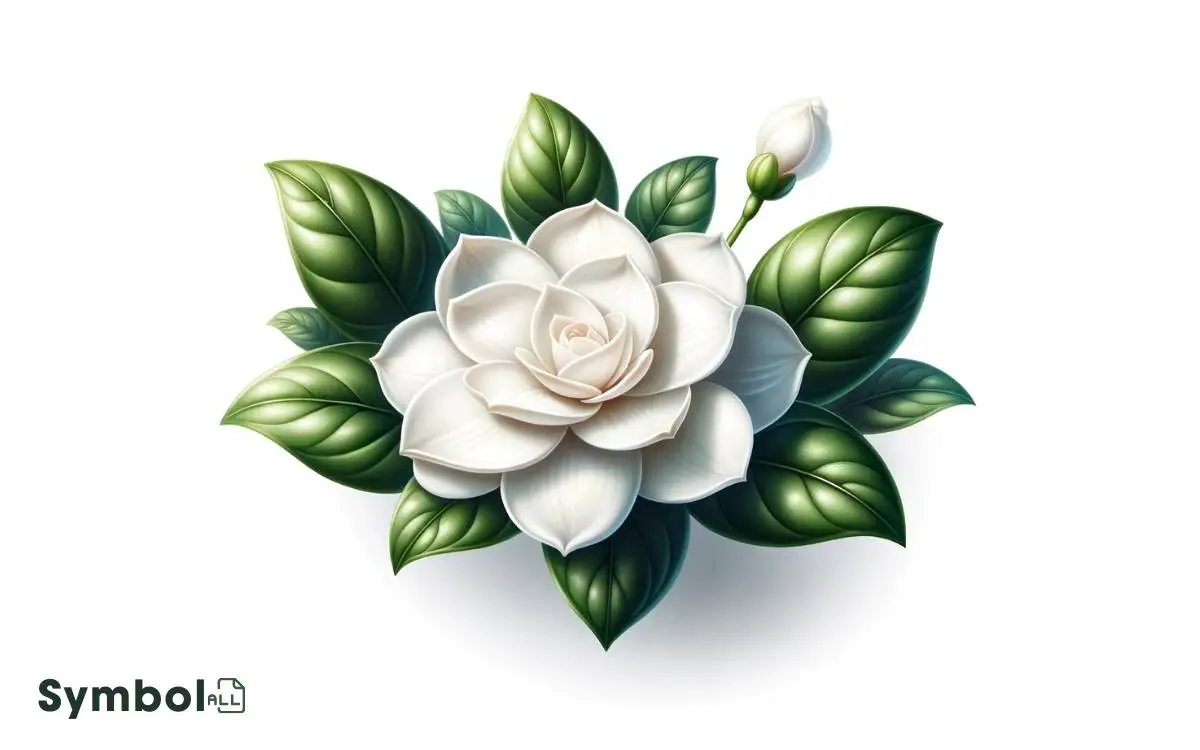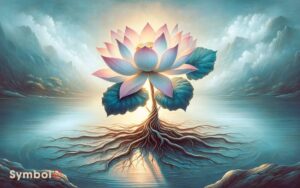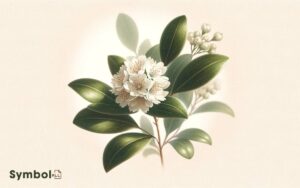What Does the Gardenia Flower Symbolize? Pure Love!
The gardenia flower symbolizes pure love, embodying unity and completeness with its bright white color and delicate fragrance.
Originating from Asia and significant in various traditions, it plays a role in conveying secret messages of affection, its pristine color signaling untainted love and its scent hinting at hidden emotions.
Beyond love’s domains, gardenias carry spiritual healing properties, from anti-inflammatory effects to promoting tranquility, underscoring their place in traditional medicines across cultures.
They stand as poignant emblems of clarity, self-reflection, and wellbeing. Discovering the gardenia’s depth reveals the complexity of its roles across different contexts.

Key Takeaways
Historical Significance
Throughout history, the gardenia flower has held significant cultural and symbolic meanings across various civilizations. Originating from Asia, it’s not just its beauty that captivates but also its deep-rooted presence in traditional medicines and ceremonies.
In Chinese herbal medicine, the gardenia is often used for its cooling properties, believed to help reduce inflammation and soothe irritabilities. This usage showcases the flower’s significance beyond mere aesthetics, tying it to health and wellbeing.
Moreover, in Japanese culture, the gardenia was incorporated into the art of Hanakotoba, where flowers convey messages. Here, it symbolizes clarity and self-reflection, illustrating the flower’s role in communication beyond words.
This multifaceted symbolism highlights the gardenia’s historical importance, transcending its visual appeal and connecting it to a deeper, cultural narrative.
Love and Purity
Symbolizing love and purity, the gardenia flower stands as a poignant emblem in various cultural traditions, embodying deep emotional and moral significances. You’ll find that its pristine white petals aren’t just visually stunning but also rich in symbolism.
In the language of flowers, gardenias are often associated with the purest forms of love, conveying messages of deep, untainted affection.
Scientifically, this connection isn’t arbitrary. The gardenia’s bright white color reflects a full spectrum of light, symbolizing completeness and unity, qualities often ascribed to true love.
Additionally, the flower’s delicate fragrance, which can permeate an entire room, is likened to the overwhelming and all-encompassing nature of pure love.
This intricate blend of visual and olfactory cues makes the gardenia a powerful symbol for expressing love that’s both pure and profound.
Secret Love
While gardenias are often celebrated for embodying purity and profound love, they also hold a special significance in conveying the nuances of secret love.
This symbolism is rooted in the flower’s discreet yet enchanting presence, reflecting the complex emotions involved in a love that dares not speak its name.
- Historical Context: Cultures have long used gardenias to send messages of love that couldn’t be openly expressed.
- Color Significance: The pristine white of gardenias symbolizes the pure, untainted nature of secret love.
- Fragrance: The intoxicating scent represents the overwhelming, hidden emotions of those involved.
- Gifting: Presenting a gardenia is a sophisticated way to express affection without words, signifying a deep, often unspoken connection between two people.
Spiritual and Healing Properties
Gardenias aren’t only revered for their aesthetic and emotional symbolism but also possess notable spiritual and healing properties that have been utilized in various cultures for centuries.
In the world of traditional medicine, extracts from the gardenia flower are known for their anti-inflammatory and antioxidative qualities.
These extracts have been applied in treatments aimed at reducing swelling, soothing irritations, and promoting wound healing.
Additionally, the presence of gardenoside, a compound found in gardenia, has been linked to potential therapeutic effects on certain neurological conditions.
On a spiritual level, gardenias are believed to harbor energy that promotes peace and healing, making them a popular choice for meditation spaces and healing ceremonies. Their scent is thought to aid in relieving anxiety and fostering a sense of tranquility and well-being.
Cultural Interpretations
Exploring the cultural interpretations of the gardenia flower reveals a rich tapestry of meanings that vary considerably across different societies and historical periods.
Here’s a closer look at how various cultures perceive the gardenia:
- In China, gardenias are symbols of purity and are often used in traditional medicine to clear heat and alleviate irritability.
- Japanese culture associates gardenias with grace and are often presented in celebrations of success or significant achievements.
- In the Victorian era, gardenias were a symbol of secret love. They were given as a more discreet form of affection, implying a deep, untold admiration.
- Southern United States traditions hold gardenias as a representation of hospitality, used to welcome guests or signify a warm, friendly environment.
Each interpretation enriches our understanding of the gardenia’s multifaceted symbolism, offering insights into the flower’s significance across different contexts. These meanings can shift depending on cultural perspectives, historical references, or personal experiences, highlighting the intricate layers of interpretation that a single flower can hold. Similarly, exploring hydrangea flower symbolism meanings reveals a wealth of emotional connections tied to gratitude, apology, and heartfelt sentiments, further demonstrating the depth and diversity found within floral symbolism. Together, these flowers remind us of the profound ways in which nature communicates feelings and stories beyond words.
Conclusion
So, after delving into the depths of the gardenia’s rich symbolism, you’ve uncovered its secrets. It’s a flower that whispers of love in the purest form, yet ironically, it’s also the emblem of clandestine passions.
Its petals, like the pages of an ancient manuscript, reveal wisdom and healing, transcending mere botanical interest.
Culturally, it’s a chameleon, adapting its meaning across borders. Consequently, the gardenia, in its silent beauty, embodies the paradox of visible invisibility, a symbol both revealed and concealed.






